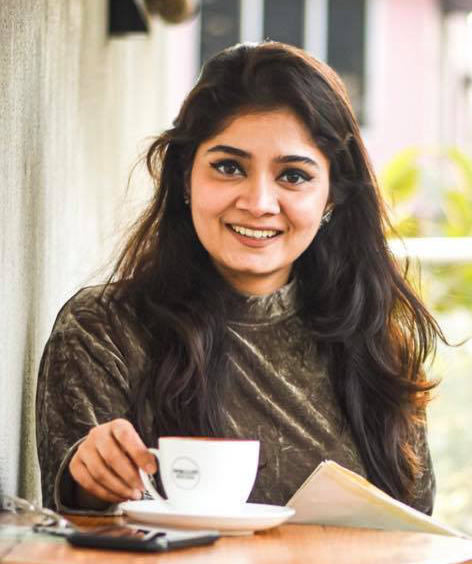Puja as I have seen

With the ending of September my heart starts thumping faster, it is nothing but in anticipation of homecoming of goddess Durga. People of Hindu community all over the world spend a significant amount of their time planning and deciding what to do during the Durga Puja. The month preceding Durga Puja is always hectic. Everyone is in a joyous mood thronging stores and shops that offer great sales and discounts.
Witnessing the city and its people gearing up for the festival is as exciting as the festival itself! I do wear multiple sets of clothes, like there’s a morning outfit and an evening outfit for all five days (shasthi to dashami). And yes, food is very much important, like we keep planning what to eat on which day. From chatpati phuchka to khichudi, papad bhaja as bhog in pandals to delectable polao and kosha mangsho, there is no bound on feasting from anything and everything.
Though the primary goddess revered during Durga Puja is Durga, the celebrations also include other major deities of Hinduism such as Lakshmi (the goddess of wealth, prosperity), Saraswati (the goddess of knowledge and music), Ganesha (the god of good beginnings), and Kartikeya (the god of war). In Bengali traditions, these deities are considered Durga's children and Durga Puja is believed to commemorate Durga's visit to her ancestral home with her children. The festival is preceded by Mahalaya, which is believed to mark the start of Durga's journey to her parental home.
The celebrations begin from the fifth day, Panchami, the day the idol is brought to the mandap. The madaps built on a framework of bamboo poles and draped with colorful fabric are innovative, artistic and decorative at the same time, offering a visual spectacle for all. I do hop day and nights at various pandals or mandaps. The Dhunuchi Naach and Dhaak are an intrinsic part of Durga Puja. In every nook and corner of the mandaps, the ambience turns surreal with the dhunuchi and the sweet flavor of the chandan, the sounds of shankha (conch shell) along with the ululation of the devotees. The rhythm in the sounds of dhaak, is gives an ethereal feeling. You not only hear it, but feel it. The whole area reverberates with the echo of dhaak, ululation and shankha, which is no less than a divine feeling.
Since childhood, I have seen my mother and other women of our housing being involved in every little aspect of the festival. On Panchami, women involve themselves in decorating the premises with alpona. And on Shasthi, the goddess is welcomed with rituals. On Saptami, all the families involve themselves in a ritual called the kala bou snaan which is a visual treat. On ashtami, after the morning prayer (anjali), homely Bengali foods are prepared. Kichuri bhog made by the members of the Puja committee is organized. Nabami includes in-house cultural programmes, and Anondo Mela.
The festival ends on the tenth day (Vijaya dashami), when devotees embark on a procession carrying the worshipped clay sculpture-idols to a river, or other water body, and immerse them, symbolic of her return to the divine cosmos and her marital home with Shiva in Kailash. Teary-eyes and with swelling emotions, Maa Durga is bade adieu and then again, the Bengalis start counting days till the next Durga Puja.




